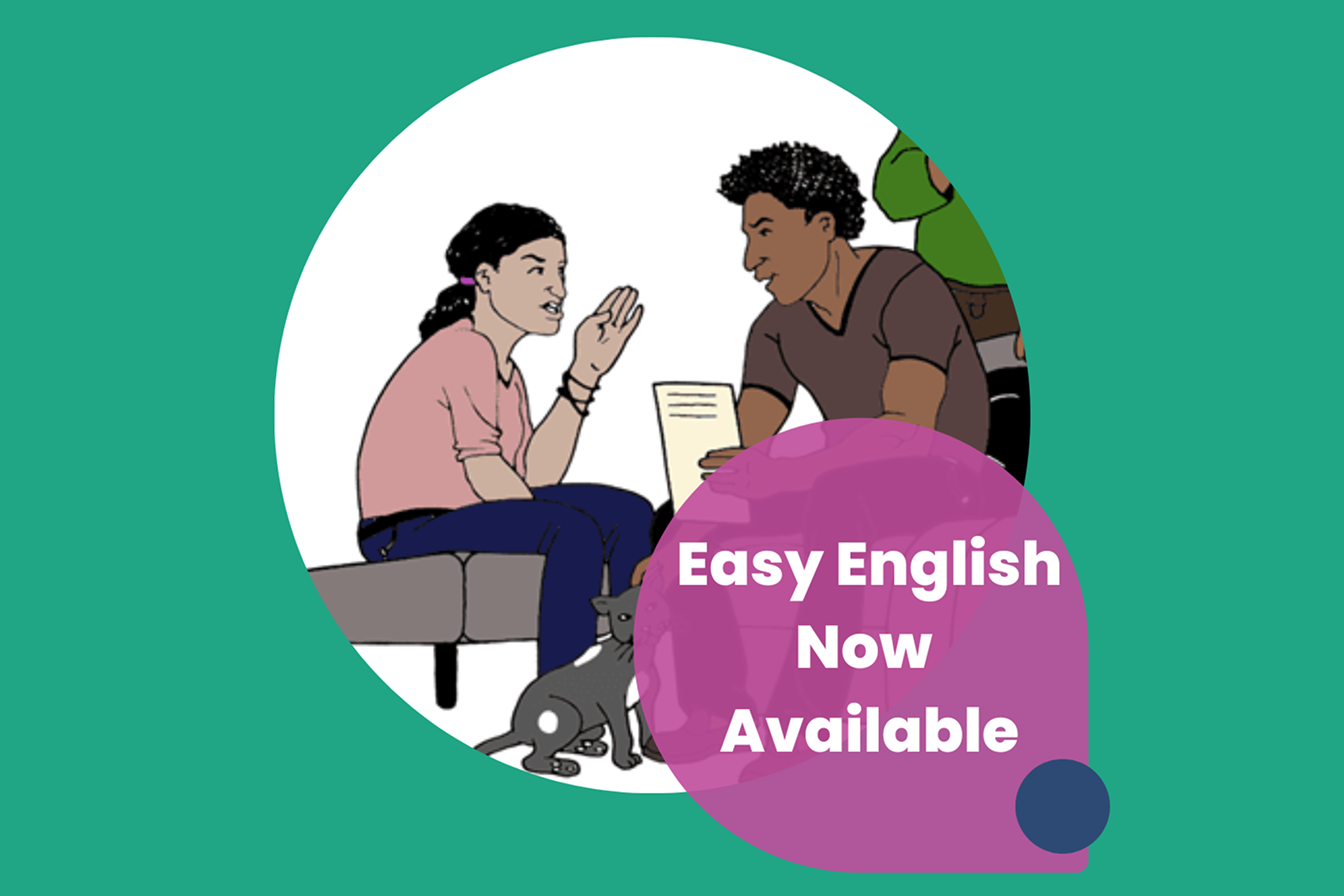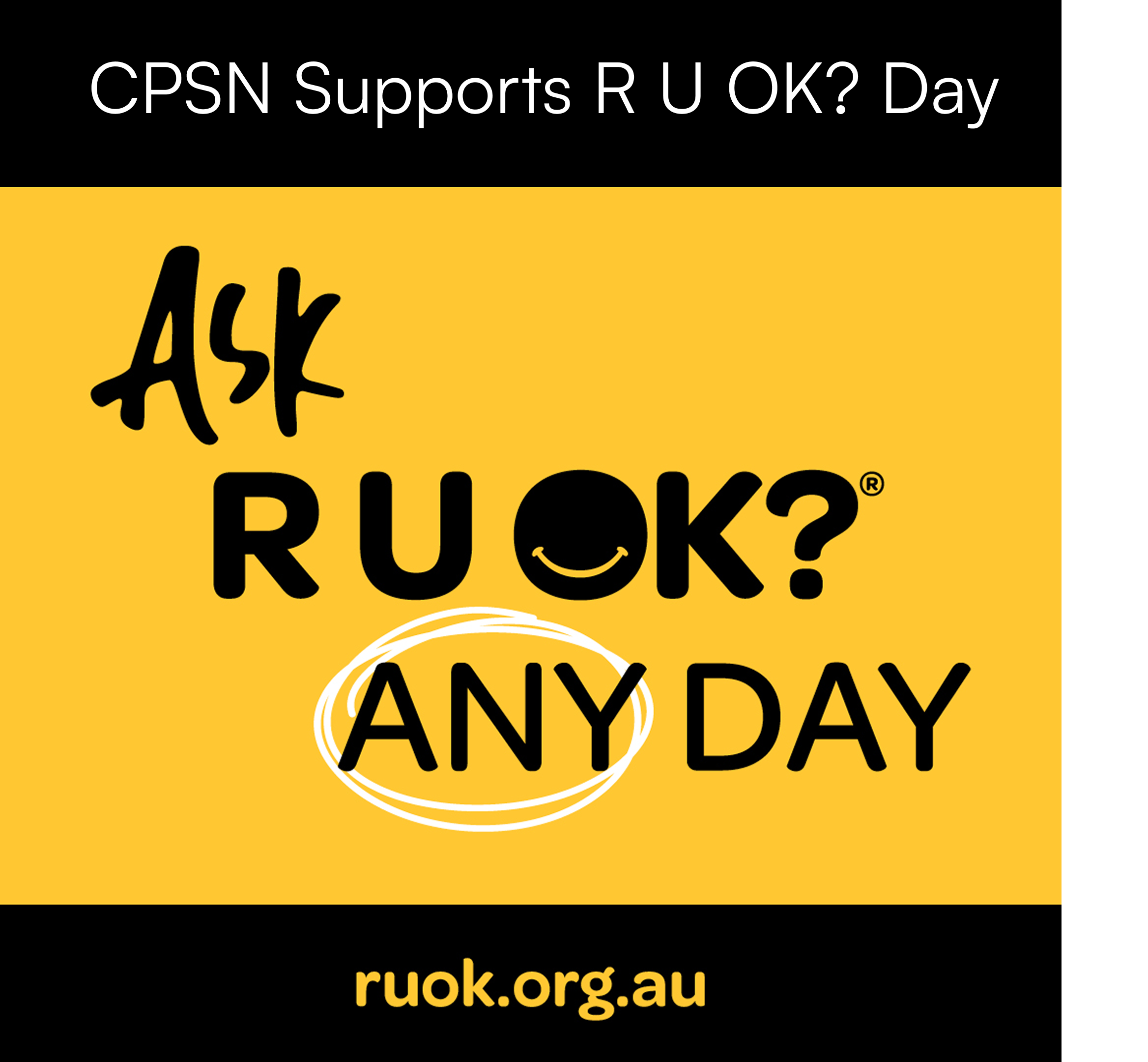As someone with cerebral palsy, I’ve had my fair share of experiences with falls. In some cases, getting back on my feet hasn’t been easy, and I’ve relied on a helping hand from a friend, family member, or even a support worker.
While falls and stumbles may seem like harmless incidents, they can have serious consequences for those with compromised mobility. For some, a fall can lead to fractures, bruises, and skin infections, making the situation much more dangerous.
Earlier this year, I had an experience where I tripped over some hard cement outside my home. To get back up, I crawled a few inches to a nearby car and used it to pull myself up. Unfortunately, during the process, I grazed my knee so badly that it led to an infection. As a result, I had to put my usual workout routine, including my swim classes, on hold and take a series of antibiotics – but I consider myself lucky.
According to the Australian Institute of Health & Welfare (AIHW), “falls are Australia’s number one cause of injury hospitalisation and death, representing 42% of injury hospitalisations and 40% of injury deaths.” AIHW also found that, during 2020-2021, over half of all falls leading to hospitalisation happened on a single-level surface, such as from slipping or a collision.
These statistics raise an important question about how we handle falls when they happen. While preventing falls entirely may not be possible, we can manage the risks, especially for ourselves and those around us.
Not all support workers are equipped with the knowledge and skills to manage falls risk, but they should be. The ability to know what to do when a client falls allows them to assist swiftly and significantly reduces the risk of injury to themselves.
A report released earlier this year by The Australian Bureau of Statistics (ABS) revealed that the most common cause of injury or illness was “Lifting, pushing, pulling or bending” (24%). Support workers have an obligation to ensure their own safety as well as the safety of those they assist. To protect support workers and ensure participants are in good hands, all CPSN Support Workers are required to complete the Disability Safe: Slips, Trips and Falls course offered by National Disability Services (NDS).
This course helps workers identify risks both inside and outside the home, and it teaches effective techniques to mitigate the risk of falls. The course also covers how to reduce the risk of injury when lifting or assisting a client during a fall.
If you haven’t already completed this course, you can access it via the FoundU Portal, or contact CPSN to learn more.

CPSN




.avif)